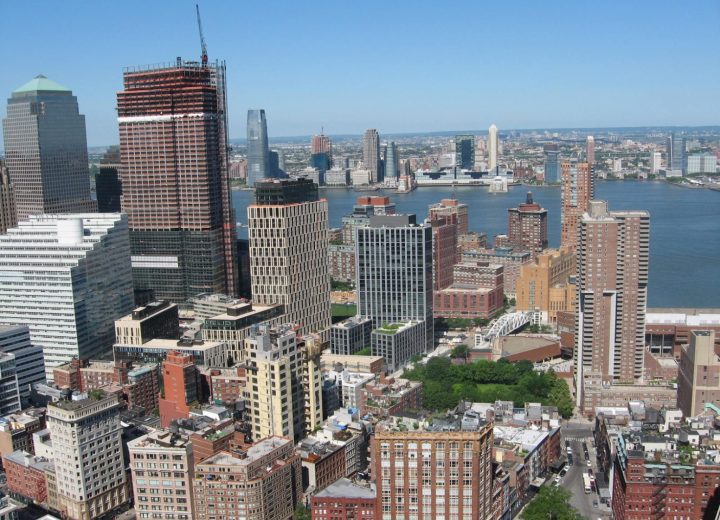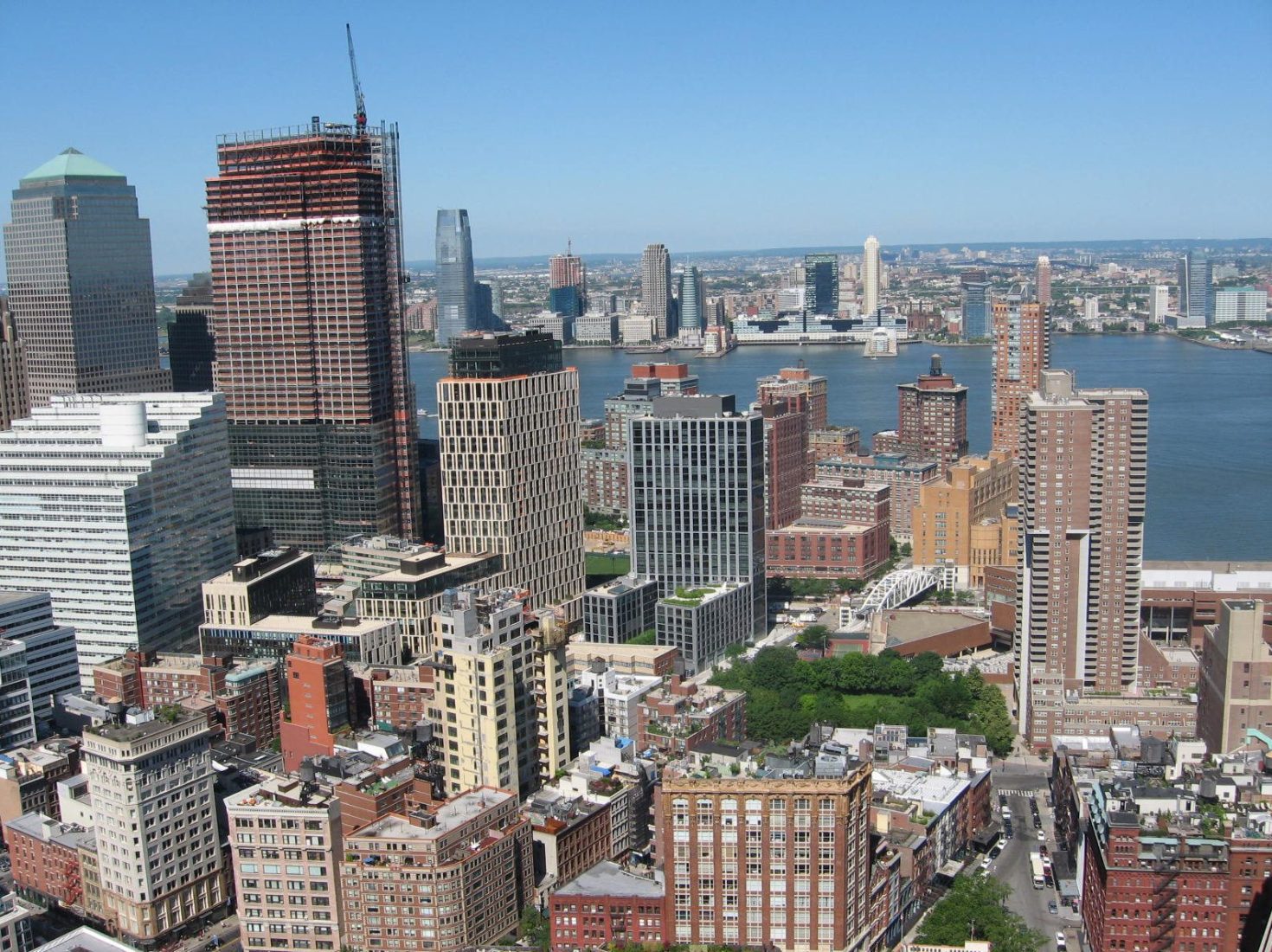Facade Inspection Rule Effective this Month for New York City Buildings
January 2011 – The New York City Facade Safety Program, established through Local Law 10 of 1980 and Local Law 11 of 1998, will undergo some last-minute changes this month with the adoption of the final version of the law. Shortly after passage of the original Cycle 7 amendments in 2009, Hoffmann Architects + Engineers issued the bulletin, “Hoffmann Architects Prepares Building Owners and Managers for Local Law 11 Cycle 7,” outlining the updated facade inspection, repair and reporting process. Although the filing period for some buildings is already underway, the Department of Buildings (DOB) did not adopt the final version of the rule until 20 December 2010, slated to take effect on 28 January 2011.
Here’s a rundown of the most recent changes:
Acceptable report vs. filed report. The rule now distinguishes between a submitted report, which could fail to contain necessary information, and an acceptable report. Simply filing a report is not sufficient for compliance; only when the DOB accepts the report is the requirement satisfied. Filing deadlines, however, still apply to report submission, not to report acceptance.
Qualified Exterior Wall Inspector (QEWI) responsibilities. Inspection requirements are more specifically delineated, incorporating building envelope age and construction data, environmental exposure considerations, and maintenance history. Technicians delegated to perform portions of the inspection must now be direct employees or subcontractors of the QEWI.
Sloped sites. Partial stories built into a slope must be included in the facade inspection, specifically if they are adjacent to open space or rise more than 50% above grade.
Failure to file on time. The original rule stipulated a 60 day window after inspection in which reports must be filed, but it made no mention of re-inspection in the event of extended filing delays. Under the newly adopted rule, allowing more than one year to elapse between inspection and reporting requires a new inspection. Also, if the original report is rejected, the amended law allows just 45 days from the date of rejection to file a revised report.
Penalties. Failure to file incurs a penalty of $1,000 per year. Filing late not only triggers this penalty, but adds $250 per month in late fees, a possible inadvertent deterrent to filing at all. Thinking of putting off correction of an unsafe condition? Don’t. Failure to do so will cost a hefty $1,000 per month in penalties—pro-rated daily—until the problem is fixed. Better to repair hazardous conditions before the critical examination or, at a minimum, within the 30 day post-inspection period allowed by law.
Filing fees. New this cycle, the DOB will charge a filing fee of $265 per report, with an additional $100 for filing a corrected or updated report. Applications for time extensions on repairs cost $135—a bargain compared with the $1,000 per month penalty for delaying repair without DOB approval.
When contracting a QEWI, be sure the professional is familiar with the latest version of the Facade Safety Program ordinance; the relevant section of the Rules of the City of New York has been renumbered from 32-03 to 103-04, although, as of this writing, the DOB website still links to the older version of the law.
Ignorantia juris non excusat: “ignorance of the law is no excuse.” Incomplete reports or those that fail to follow the format, content, and organization imposed by the amended rule will be rejected, incurring additional fees, penalties, and, in some cases, the hassle and expense of re-inspection. Evaluating and correcting conditions that could be considered unsafe or “SWARMP” (Safe With a Repair and Maintenance Program) before the required inspection will not only make compliance more straightforward, it will improve the safety and longevity of your building.
For more information, contact Hoffmann Architects + Engineers in New York City at (212) 789-9915 or visit our Local Law 11 resource page.

